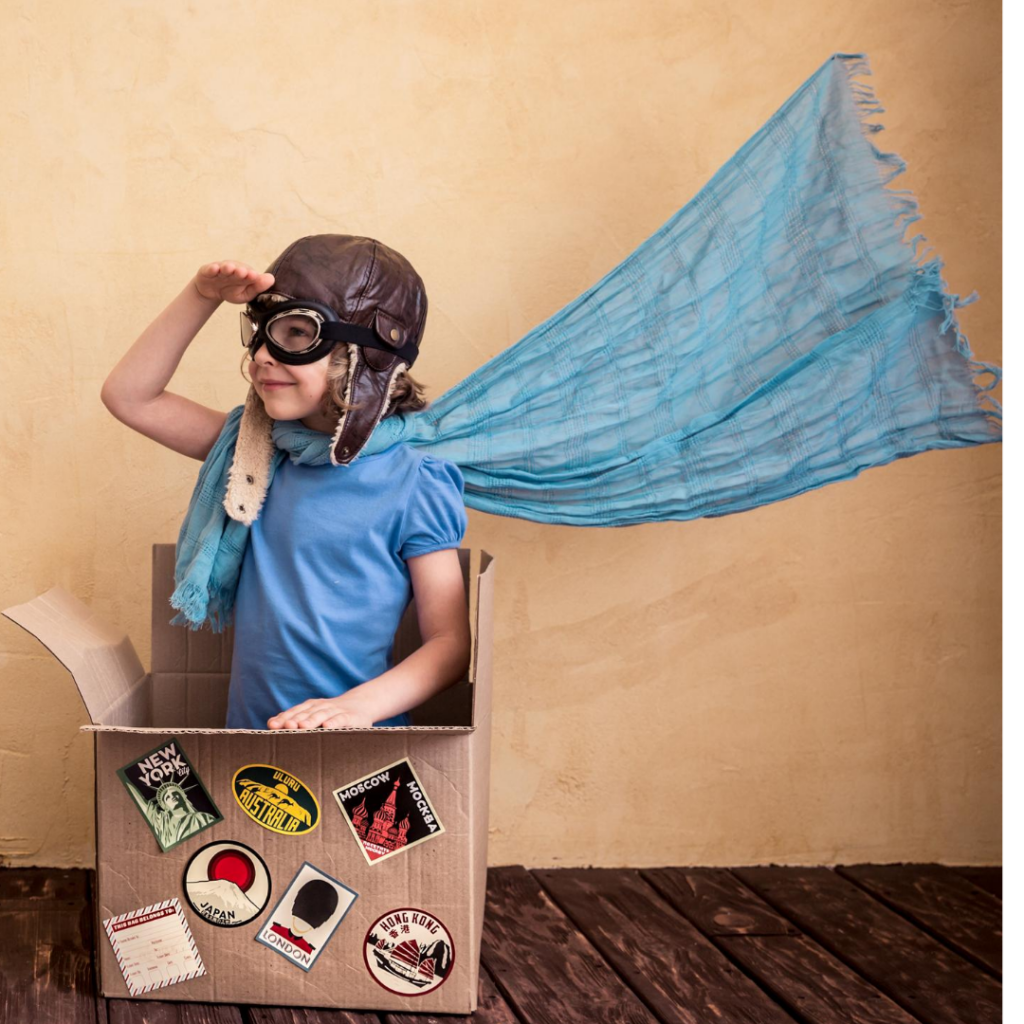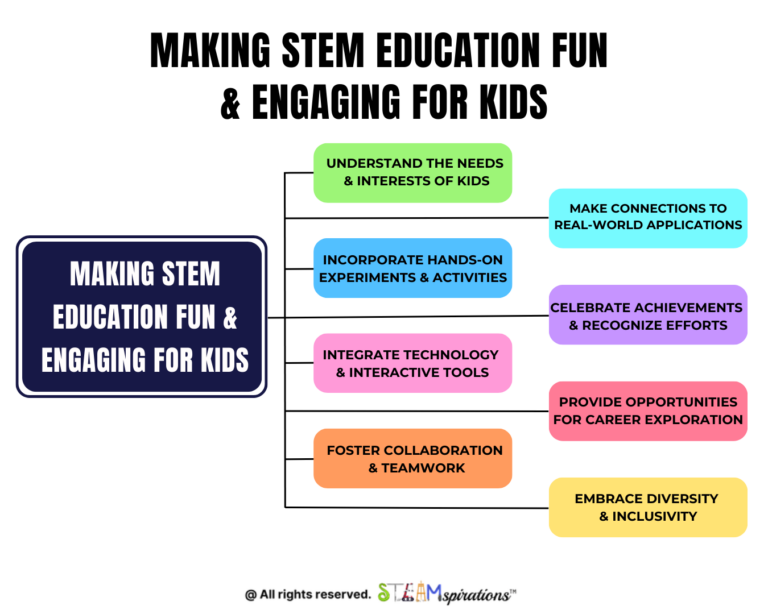We always strived for more and with good intentions. I was privileged to have been hired at a school where there were many students whose needs went way beyond academics. Also, I was lucky to have been surrounded by a group of educators who loved to teach and loved kids. These two created the perfect combination for success and growth in the classroom and in the lives of students.
What we soon realized was that many of our kids were simply looking for a safe nurturing environment where they felt valued, loved, and accepted, where they could grow, and although we could not control what went on outside of our classrooms, we were determined to do all that we could to make sure the social emotional well-being of our students was taken care of. We didn’t want to be complacent, we wanted more.
In a pandemic, distance learning has created a gap in the emotional well-being of our students. We are facing similar challenges in teaching a child as a whole. I know as teachers we are doing all that we can to meet the needs of our kids, so I spent some time researching how to address these needs and wanted to suggest the following SEL activities:
- Writing
Journals are great ways for students to release suppressed emotions. I taught a student once whose choice of communication when she was upset or going through things at home was writing. What she couldn’t express verbally she would express in written form. Having an emotional journal is a great way where kids can write what they are feeling. A student can also have a gratitude journal where every day in the morning they jot down a couple of things that they are grateful for. Furthermore, they can also use writing to stay connected with other classmates, or family members.
2. Check-Ins
Teacher check ins are something that most districts have in place. Just spending a few minutes of your day to check up on a student is a great way to help support their emotional well-being. Teachers can also facilitate student to student check ins through break out rooms. Lastly, parents can check in on their own kids from time to time.
3. Random Acts of Kindness
Random acts of kindness can continue to be practiced at home. There are multiple ways that a teacher can help facilitate this. They can have a choice menu of random acts of kindness that kids can select from to practice at home. Teachers can also encourage their students to write notes to each other, or family members, where they can show love and appreciation.
4. Create Content
A teacher can spend time creating content that helps him or her connect to students. They can record videos on the go that are silly and funny. They can also create videos of read alouds, and greetings. Any video where they are talking to the kids as if they were in person.
5. Collaborate
One of the biggest challenges in distance learning is how disconnected individuals can feel from each other. Therefore, much emphasis needs to be placed on group work and collaboration. Teachers can assign group projects that students can work on together. With teacher supervision, they can meet in break out rooms to plan and work together. Teachers can also assign fun projects and games to be done as a family.

